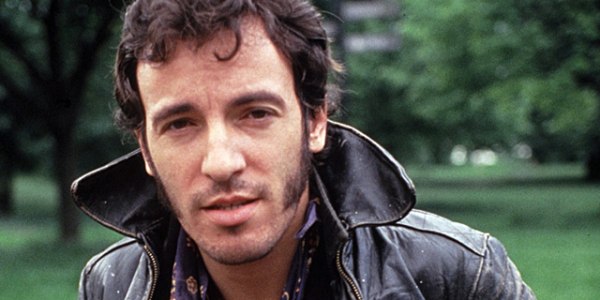If you thought most of what could be said about Bruce Springsteen has already been said, perhaps reconsider. David Remnick's 15,000-word profile in the July 30 issue of the New Yorker proves that there's a good bit we didn't know about the 62-year old singer. Among the most notable revelations: Springsteen was at one point suicidal and depressed.
His struggles really came to the surface after the success of albums such as "Born to Run" and "Darkness on the Edge of Town."
"Springsteen was also experiencing intervals of depression that were far more serious than the occasional guilt trip about being 'a rich man in a poor man's shirt,' as he sings in 'Better Days.' A cloud of crisis hovered as Springsteen was finishing his acoustic masterpiece 'Nebraska,' in 1982," Remnick writes in the profile. "He drove from the East Coast to California and then drove straight back.
"'He was feeling suicidal,' Springsteen's friend and biographer Dave Marsh said. 'The depression wasn't shocking, per se. He was on a rocket ride, from nothing to something, and now you are getting your ass kissed day and night. You might start to have some inner conflicts about your real self-worth.'"
Remnick, who shadowed Springsteen during rehearsals for this year's Wrecking Ball tour, visited Springsteen's home in Colts Neck, N.J., and even visited the singer on the European leg of his tour in preparation for the piece, writes that in 1982, Springsteen started seeing a psychotherapist to tackle his harder-to-identify issues.
Slideshow 26 photos
The magic of Bruce Springsteen
"My issues weren't as obvious as drugs," Springsteen told Remnick. "Mine were different, they were quieter -- just as problematic, but quieter. With all artists, because of the undertow of history and self-loathing, there is a tremendous push toward self-obliteration that occurs onstage. It's both things: there's a tremendous finding of the self while also an abandonment of the self at the same time. You are free of yourself for those hours; all the voices in your head are gone, just gone..."
Ultimately, and after 30 years of therapy, Springsteen is at peace with his darker side, which fuels the talent that makes him precisely who he is. He explains it to Remnick: "Look, you cannot underestimate the fine power of self-loathing in all of this. You think, I don't like anything I'm seeing, I don't like anything I'm doing, but I need to change myself, I need to transform myself. I do not know a single artist who does not run on that fuel. If you are extremely pleased with yourself, nobody would be f------ doing it! Brando would not have acted. Dylan wouldn't have written 'Like a Rolling Stone.' James Brown wouldn't have gone 'Unh!' He wouldn't have searched that one-beat down that was so hard. That's a motivation, that element of 'I need to remake myself, my town, my audience' -- that desire for renewal."
Related content:
- Video: Take a tour of The Boss' recording studio
- Video: Springsteen, McCartney duet shut down
- Video: Springsteen chugs beer, carries mom at NYC gig
Also in entertainment:
